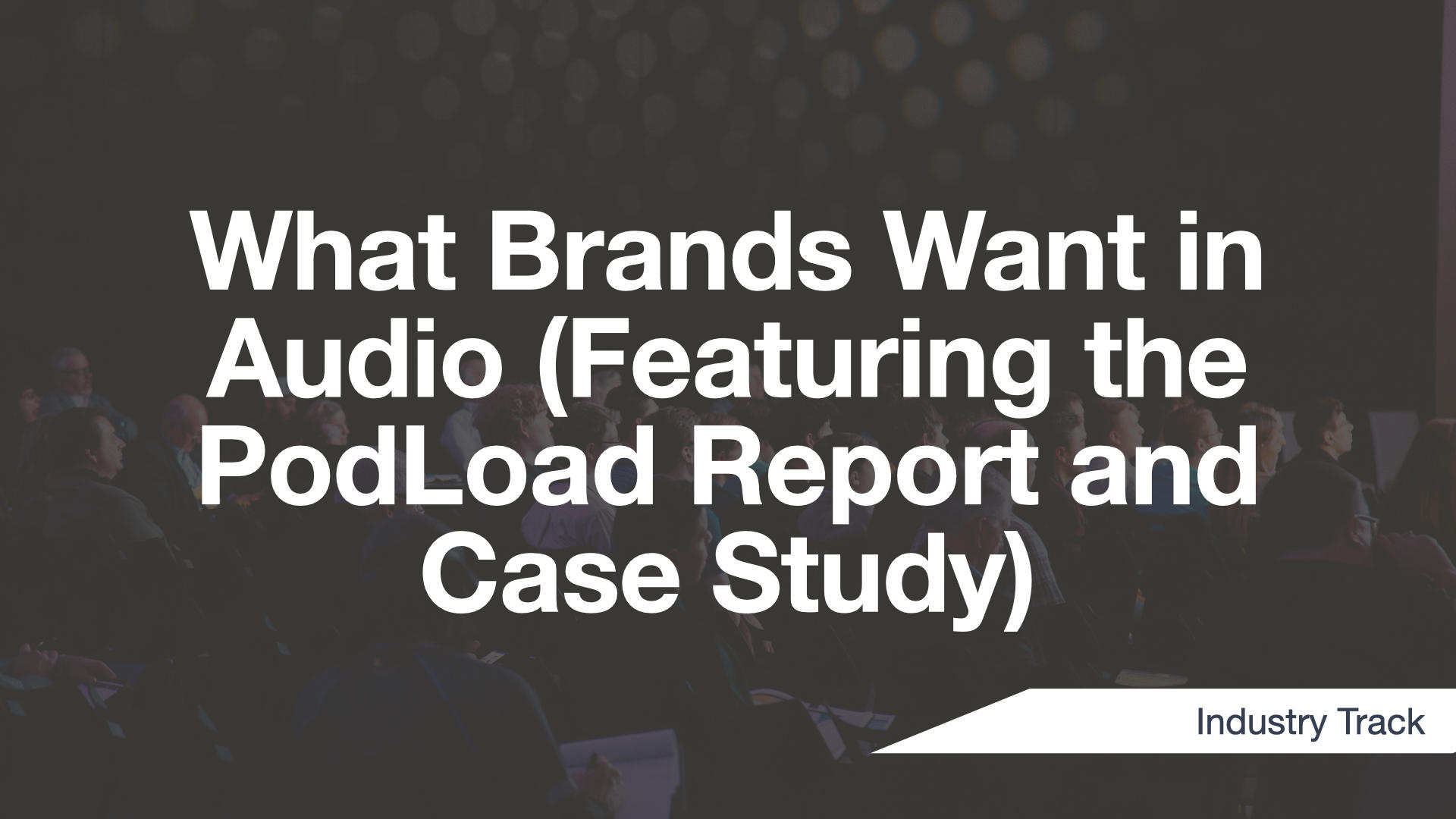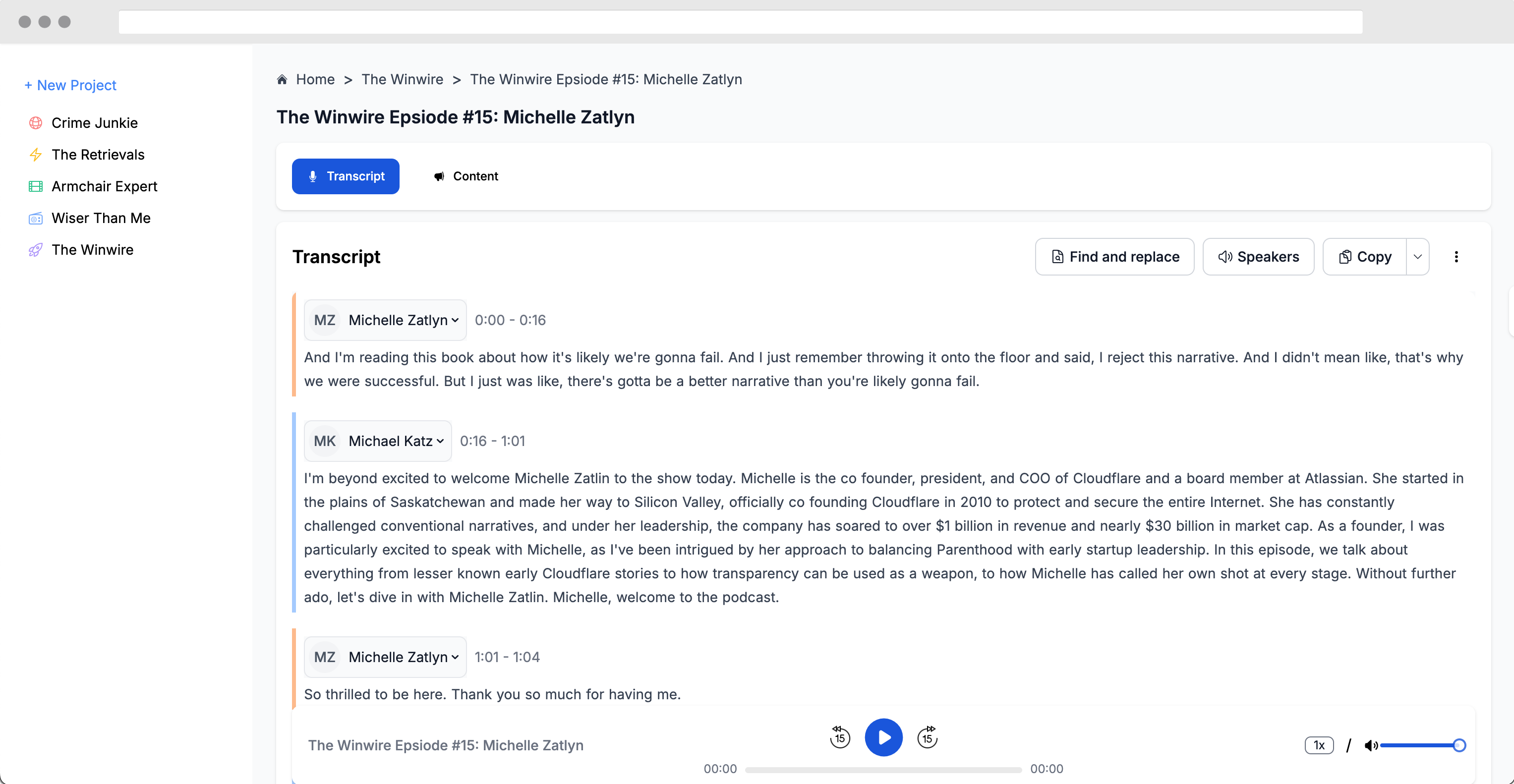What Brands Want in Audio (Featuring the PodLoad Report and Case Study)

Key Takeaways
Ad Load Impact on Performance: Increasing ad load in podcasts negatively affected both visitor and purchase rates. A higher ad load led to a significant decline in performance metrics, emphasizing the need for a balanced approach to ad placement.
Preference for Human Endorsements: Brands and listeners showed a clear preference for human endorsements over AI-generated content. Authenticity and personal connection were deemed crucial for effective advertising.
Challenges with Measurement Tools: The current tools for measuring audio advertising effectiveness were found lacking compared to other channels. This gap presents an opportunity for innovation in developing more reliable and useful measurement solutions.
Brand Safety Concerns: Political extremism was identified as a primary concern for brand safety, while political leanings were less of an issue. The focus was on maintaining civility and avoiding highly polarized content.
Proposed Ad Clock: A structured ad clock was suggested to optimize ad placement and maintain listener engagement. This included specific recommendations for pre-roll, mid-roll, and post-roll ad placements to balance revenue generation and listener experience.
Overview
Dan Granger, CEO and founder of Oxford Road, presented insights on what brands seek in audio advertising. He highlighted the findings from the Chief Audio Officer Summit and the Pod Load Report, emphasizing the impact of ad load on ad performance.
Granger discussed the industry's shift towards efficiency, the importance of maintaining authenticity in audio, and the challenges of reliable measurement tools. He revealed that 83% of brands find current audio tools less useful compared to other channels and stressed the need for human connection over AI in endorsements.
He also proposed a structured ad placement strategy to balance revenue generation and listener experience, advocating for a cap on ad load to preserve the quality of podcast content.
Core Concepts
Ad Load and Its Impact on Podcast Performance
Increasing the number of ads in a podcast episode can significantly affect listener engagement and ad effectiveness.
Key Points:
Higher ad loads led to a decrease in visitor and purchase rates.
A balanced ad load is crucial to maintain listener engagement and ad effectiveness.
The study showed a clear trend where performance metrics declined as ad load increased.
Examples:
A podcast with a 5% ad load performed significantly better in terms of visitor and purchase rates compared to one with a 15% ad load.
The study found that increasing ad load from 5% to 15% could result in a performance drop of about one-third.
Quotes:
Predictably, the more the ad load does increase, visitor rate response rate does decline.
If a podcast has 5% ad load and then it goes up to, say, 15% ad load, you can roughly expect about a 30% performance drop.
Preference for Human Endorsements Over AI
Brands and listeners showed a strong preference for human endorsements, valuing authenticity and personal connection over synthetic voices.
Key Points:
Human endorsements were found to be more effective and engaging than AI-generated content.
Authenticity and personal connection were crucial for effective advertising.
Brands were reluctant to use AI for personal endorsements unless there was a strategic benefit and full disclosure.
Examples:
80% of marketers surveyed expressed discomfort with using AI for personal endorsements.
Oxford Road refused to use AI for endorsements unless there was a clear strategic benefit and full disclosure.
Quotes:
We absolutely will not [use AI for endorsements] unless there's a strategic benefit and we're disclosing it.
You can't fake the endorsement.
Challenges with Measurement Tools
The current tools for measuring the effectiveness of audio advertising were found to be less useful compared to other channels, highlighting a significant gap in the industry.
Key Points:
83% of respondents found audio measurement tools to be somewhat less or much less useful compared to other channels.
Reliable measurement was identified as a critical need for the industry.
The market showed a preference for lower funnel measurement methods, such as MMM models and pixel methods.
Examples:
57% of respondents used an MMM model for measuring audio campaign effectiveness.
There was a tie at 43% between survey-based methods and pixel methods for measuring effectiveness.
Quotes:
We've got a tool challenge. And good news about that is it's also an opportunity for any of us in the room that are involved in developing those solutions.
Reliable measurement. What tools are you using to measure the effectiveness of your audio campaign? 57% are using an MMM model.
Conclusion
The talk provided valuable insights into the current state of audio advertising, highlighting the impact of ad load on performance, the preference for human endorsements, and the challenges with existing measurement tools. The proposed ad clock offered a structured approach to optimize ad placement, balancing revenue generation and listener experience. The emphasis on authenticity, reliable measurement, and brand safety underscored the need for innovation and thoughtful strategies in the evolving landscape of audio advertising.
Food for Thought
How can the industry develop more reliable and useful measurement tools for audio advertising?
What strategies can be implemented to balance ad load and maintain listener engagement?
How can brands ensure authenticity and personal connection in their advertising efforts while leveraging new technologies?
Reference Tools, Platforms, and Resources
Podscribe: A key partner in the study, providing data and insights on ad load and performance.
Seeker: Developed the civility score to measure the concentration of personal attacks in a show, addressing brand safety concerns.

30% of the US podcast market by spend was represented in one room at the Chief Audio Officer Summit.
Podcast listenership has grown about 100% since 2015.
14% of respondents found audio tools somewhat more or much more useful compared to other channels.
83% of respondents found audio tools somewhat less or much less useful compared to other channels.
57% of respondents use an MMM model to measure the effectiveness of their audio campaigns.
43% of respondents use survey-based methods and pixel methods to measure the effectiveness of their audio campaigns.
80% of marketers surveyed have between zero and two levels of comfort with letting AI host reads or clone voices be used for personal endorsements.




